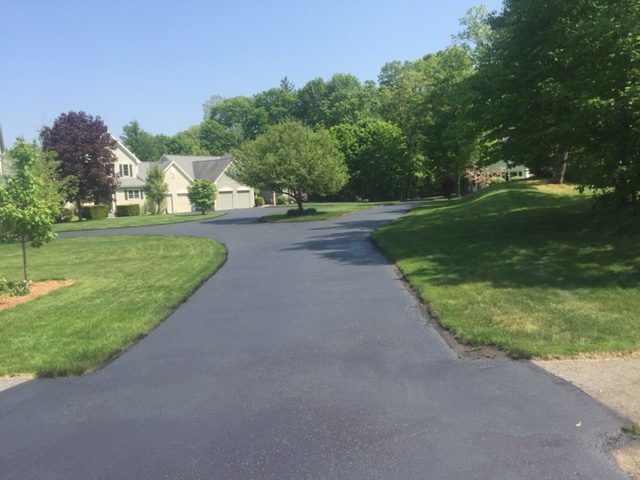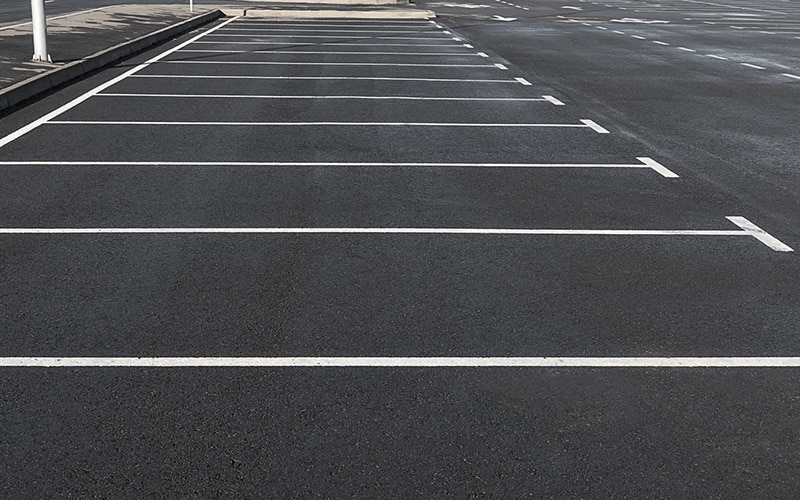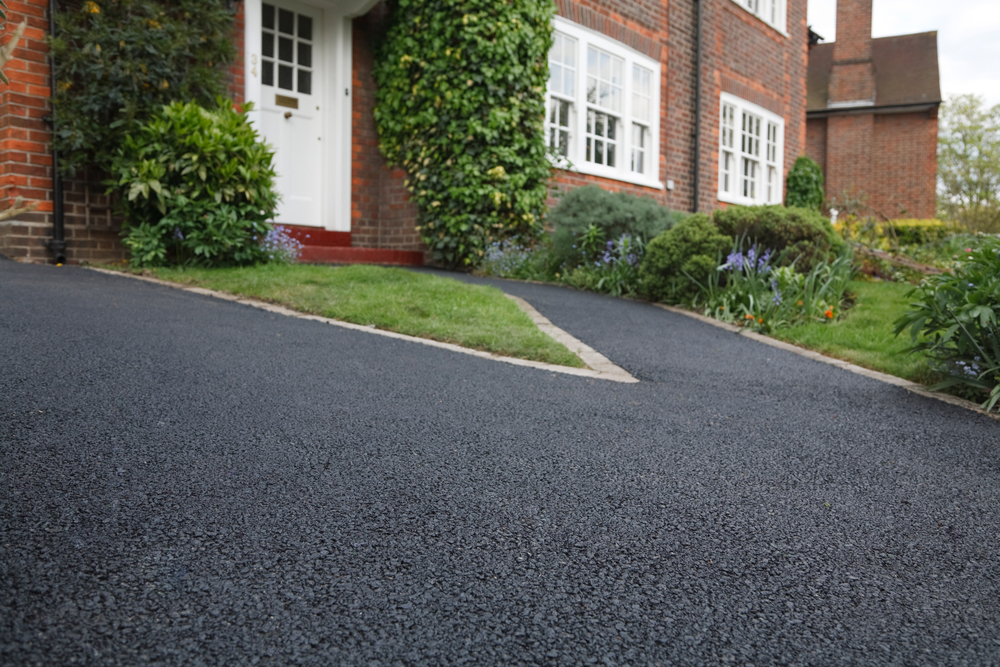Transform Your Building's Appearances: Commercial Car Park Paving and Asphalt Sealing Solutions
Transform Your Building's Appearances: Commercial Car Park Paving and Asphalt Sealing Solutions
Blog Article
Hot Mix Asphalt: A Sustainable Solution for Pavement
Warm Mix Asphalt (HMA) has become a leading sustainable choice for pavement services, providing a myriad of environmental advantages and innovative technologies. Its ability to decrease and recycle materials power usage provides a compelling instance for its adoption in road construction tasks. In addition, the lasting efficiency and durability of HMA make it a recommended option for framework advancement. As the need for eco-friendly construction techniques grows, exploring the subtleties of HMA's sustainability can offer important insights into the future of sidewalk solutions.
Ecological Advantages of Warm Mix Asphalt

In Addition, Hot Mix Asphalt helps to mitigate urban warmth island results. Its dark shade takes in sunlight, minimizing the amount of warm showed back into the atmosphere contrasted to lighter-colored sidewalks. This can lower ambient temperature levels in city areas, lowering the demand for a/c and inevitably decreasing power intake.
Furthermore, Warm Mix Asphalt adds to boosted stormwater monitoring. Its porous nature allows water to penetrate the pavement and charge groundwater materials, minimizing drainage and the threat of flooding. These ecological advantages make Hot Mix Asphalt a sustainable option for leading freeways and roadways.
Power Performance in HMA Manufacturing
Is power effectiveness an essential variable in the production of Hot Mix Asphalt (HMA)? Absolutely. Power plays a considerable duty in the production of HMA, influencing both cost and ecological sustainability. One essential aspect of energy effectiveness in HMA manufacturing is making use of warm mix asphalt (WMA) innovations (commercial parking lot paving). WMA enables the blending and positioning of asphalt at lower temperature levels compared to traditional warm mix asphalt, causing reduced energy usage throughout manufacturing. This process not just lowers gas usage but additionally decreases greenhouse gas emissions, making it an extra eco-friendly choice.
Moreover, improvements in plant modern technologies have led to even more energy-efficient HMA manufacturing processes. By optimizing power use in HMA manufacturing, the market can reduce its carbon impact while preserving top quality pavement products.
Recyclability of Warm Mix Asphalt
The recyclability of Hot Mix Asphalt (HMA) is a critical element of its sustainability and lasting ecological influence. HMA is just one of the most recycled products in the United States, with over 100 million lots of recovered asphalt pavement (RAP) being recycled yearly in brand-new pavement building and construction. Reusing HMA uses a number of environmental benefits, such as decreasing the requirement for virgin products, decreasing power usage throughout production, and decreasing the quantity of waste sent to garbage dumps.
The process of reusing HMA involves milling the existing pavement, squashing it into smaller items, and mixing it with new accumulation and asphalt binder to produce a recycled mix. In general, the recyclability More Help of HMA plays a significant role in advertising lasting practices within the sidewalk sector.

Long-Term Efficiency of HMA
Asphalt sidewalks demonstrate longevity and durability over moved here an extensive period, mirroring the long-term performance of Hot Mix Asphalt (HMA) Additionally, innovations in HMA technology, such as the use of polymer-modified binders and warm mix asphalt, have even more boosted the resilience and longevity of HMA sidewalks. By prioritizing high quality construction and maintenance techniques, HMA proceeds to verify itself as a sustainable and affordable service for resilient pavement facilities.

HMA: Resilience and Sustainability
Demonstrating both sturdiness and sustainability, Hot Mix Asphalt (HMA) has actually come to be a cornerstone in the construction of resilient sidewalk facilities - regrading. HMA's longevity stems from its capacity to stand up to hefty loads, extreme weather conditions, and high website traffic volumes, making it a reliable selection for roadways, highways, and airport runways. The structure of HMA, which commonly includes accumulations, binder, and filler, plays an important duty in enhancing its longevity and resistance to tear and use
Moreover, HMA's sustainability hinges on its recyclability and energy-efficient production procedure. The capacity to reuse recovered asphalt pavement (RAP) in new HMA mixes lowers the need for virgin materials and decreases the environmental impact of sidewalk building and construction and maintenance. Additionally, the power efficiency of generating HMA depends on its reduced mixing temperature levels contrasted to other sidewalk materials, resulting in reduced power intake and greenhouse gas discharges.
Verdict
To conclude, warm mix asphalt (HMA) offers a lasting option for sidewalk with its ecologically friendly characteristics. HMA's recyclability, power effectiveness in production, and lasting sturdiness make it an environmentally friendly option for road building. By saving natural deposits, reducing waste, and lowering greenhouse gas exhausts, HMA plays a critical duty in advertising sustainability in infrastructure growth. Its capability to minimize metropolitan warmth island results additionally highlights its significance in creating resistant and environmentally aware sidewalk systems.
HMA is one of the most recycled products in the United States, with over 100 million bunches of redeemed asphalt sidewalk (RAP) being reused yearly in brand-new pavement building.The procedure of recycling HMA entails grating the existing sidewalk, crushing it into smaller sized pieces, Continued and mixing it with new accumulation and asphalt binder to develop a recycled mix.Asphalt pavements demonstrate longevity and durability over an extensive duration, showing the lasting efficiency of Warm Mix Asphalt (HMA) Furthermore, innovations in HMA modern technology, such as the usage of polymer-modified binders and warm mix asphalt, have additionally improved the toughness and longevity of HMA pavements. The capability to recycle recovered asphalt pavement (RAP) in new HMA blends reduces the need for virgin materials and lessens the environmental effect of pavement building and construction and upkeep.
Report this page